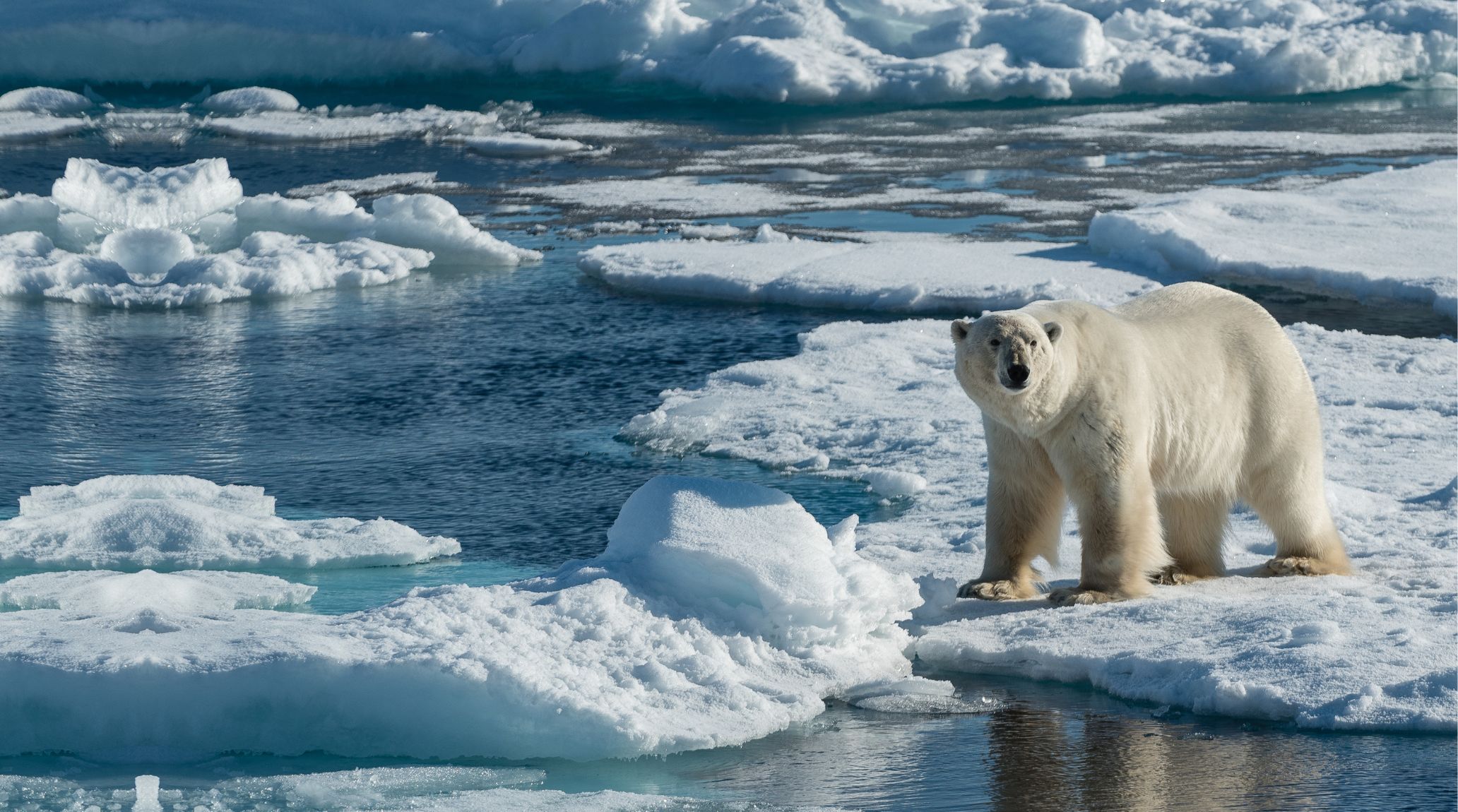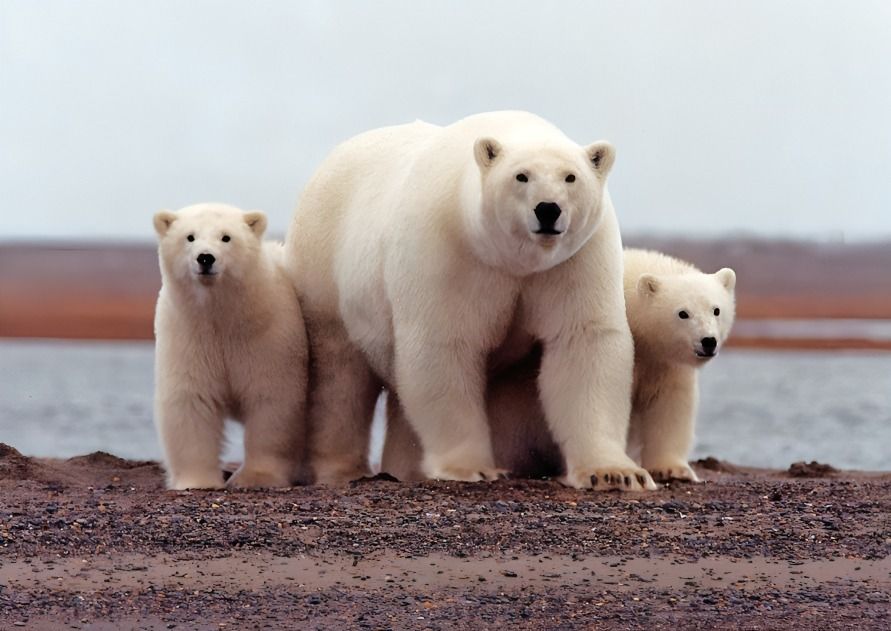
“
Polar bears are some of the most fascinating creatures on Earth. Living in the icy realms of the Arctic, these majestic animals have captured the imagination of people around the world. From their unique adaptations to their playful behavior, polar bears offer endless wonders to discover. In this blog, we'll dive into 20 fascinating facts about polar bears, perfect for kids and curious minds alike. Get ready to learn all about these incredible animals and what makes them so special!1
1
”
Polar bear fur appears white due to its transparency and light-reflecting properties. Beneath the fur, a thick layer of insulating fat helps them thrive in the freezing temperatures of the Arctic. 1
They can swim at speeds of up to six miles per hour, using their front paws to paddle and their back legs to steer. This swimming efficiency is essential for covering long distances in search of food. Their swimming skills are impressive and vital.2
As the largest land carnivores, male polar bears can weigh up to 1,500 pounds, while females weigh between 500 to 700 pounds. Despite their massive size, they are capable of running as fast as 25 miles per hour. 3
Polar bears have black skin underneath their thick fur. Their fur is translucent and appears white only because it reflects visible light. This unique adaptation helps them absorb and retain heat in their icy Arctic habitat.4
Polar bears have an exceptional sense of smell that allows them to detect seals from up to 20 miles away. This ability is crucial for locating their primary food source in the vast Arctic wilderness. Their keen senses make them effective hunters.5
Baby polar bears, known as cubs, weigh about one pound at birth and are born in dens made of snow and ice. These dens provide safety and warmth until the cubs are ready to explore outside. 6
With 42 teeth and sharp, curved claws, polar bears are well-equipped for catching prey. Their rough paw pads give them a good grip on the ice, preventing slips. These physical traits are essential for navigating and hunting in their icy habitat.7
Polar bears are solitary creatures, generally living alone except during mating season. They communicate through sounds, smells, and body language. Even though they are solitary, they display a high level of curiosity. 8
Polar bear fur can grow up to 15 centimetres (6 inches) long, offering exceptional insulation against the extreme Arctic cold. This thick coat helps them maintain body heat and survive in their harsh, icy habitat.9
Polar bears have a pregnancy period of about 195 to 265 days. Females typically enter maternity dens in October or November, giving birth to cubs in December or January. The cubs are born small and remain in the den until spring.10
During the summer months, when sea ice is scarce, polar bears consume very little and rely on their fat reserves. This adaptation allows them to endure periods when food is hard to find. 11
Less than 2% of polar bear hunts succeed despite them spending half their lives hunting. They primarily prey on ringed and bearded seals, using various methods like breaking into dens or waiting at breathing holes.12
Scientists can extract polar bear DNA from their footprints using a method developed by WWF and MIX Research. By scraping snow from tracks to collect environmental DNA, they gain insights into the bears' diet and other conservation-related data.13

Grizzly-polar bear hybrids, or “grolar” or “pizzly bears,” were confirmed by genetic testing in 2006. These hybrids physically blend traits of both species and are typically born to polar bear mothers, behaving like polar bears.
The earliest polar bear, Ursus maritimus tyrannus, was a massive bear standing 6 ft tall at the shoulder and weighing over 1 tonne. Evolving from Arctic brown bears during the mid-Pleistocene, it was the largest terrestrial carnivore ever.14
Global warming and melting ice significantly threaten polar bears' habitat. They depend on sea ice for hunting and traveling, making conservation efforts critical for their survival. 15
Despite their land-based appearance, polar bears are classified as marine mammals because they rely on sea ice for hunting seals. This vital ice platform is essential for their survival, as it supports their primary hunting grounds in the Arctic.16
Polar bears have a lifespan of 15 to 20 years in the wild. In captivity, where they receive consistent care and veterinary attention, they can live up to 30 years. Their lifespan can be influenced by environmental conditions and access to food.17
Polar bear milk is exceptionally rich in fat, which helps cubs grow quickly and develop strongly. This nutritious milk is essential for the cubs' rapid development. Mothers produce this milk while relying on their fat reserves.18
Female polar bears give birth to cubs in snow dens during November or December, shielding them from the harsh Arctic. At birth, the cubs are about 30 cm long and weigh around 0.5 kg, similar to the size of a guinea pig.19


